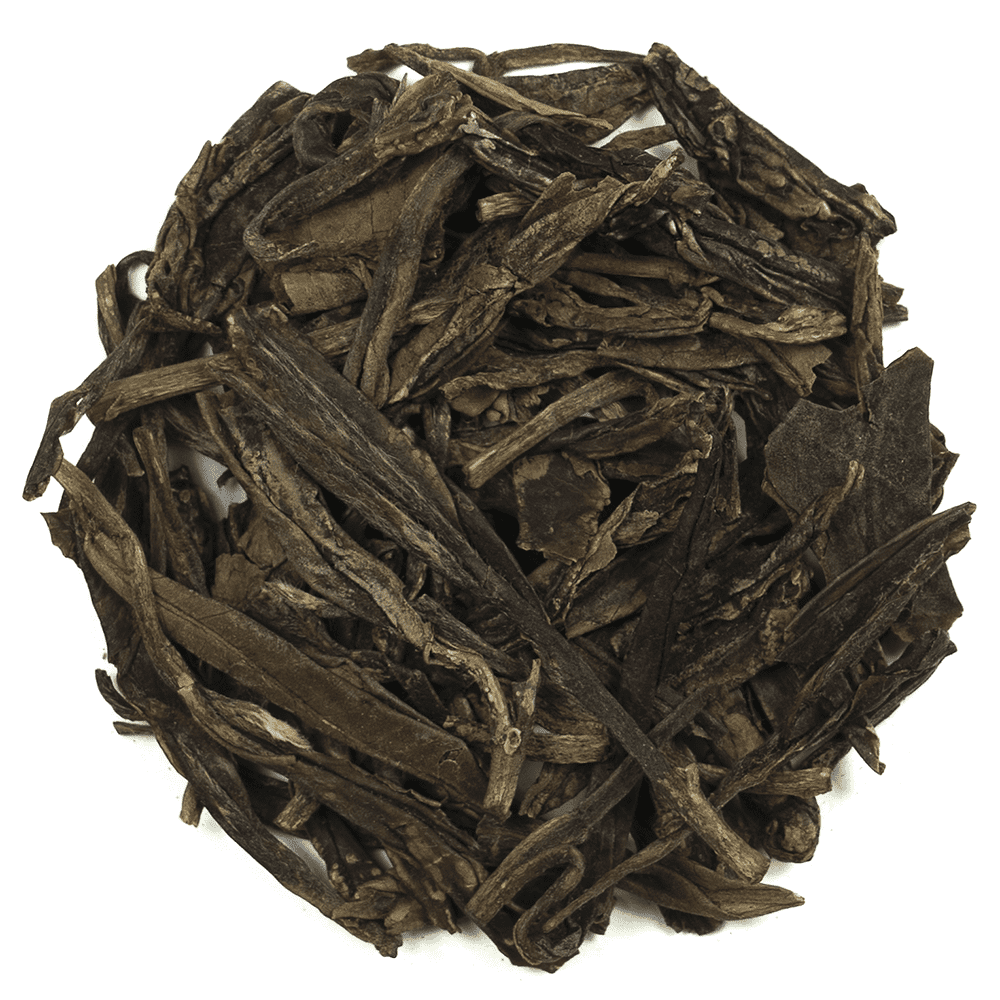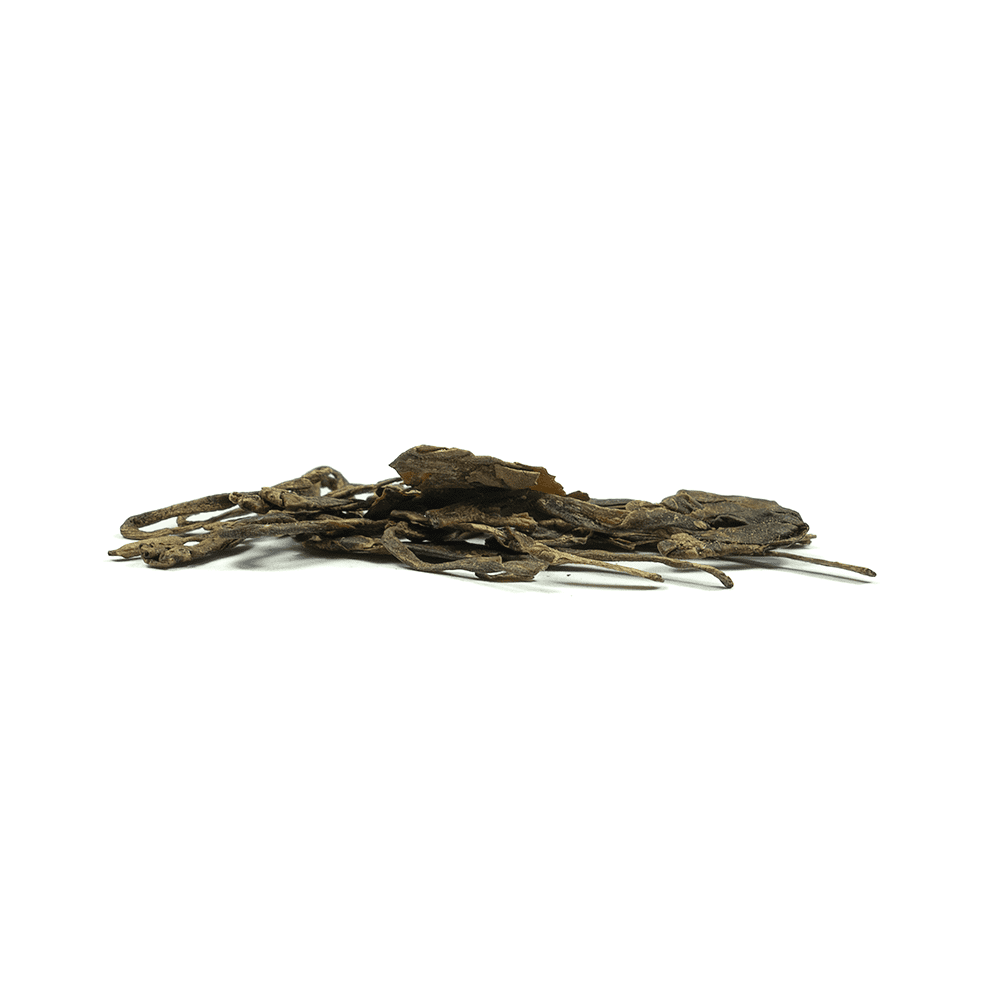Green Tea Brewing Guide
1 Teaspoon
Add 1 teaspoon per person and one for the pot.
70⁰c - 80⁰c
Boil using fresh water, at a temperature of 70⁰c - 80⁰c.
2 - 3 Mins
Steep for 2-3 minutes, depending on personal preference.
About Product
-
Product Description
Ding Gu Da Fang Tea, also known as “Ding Gu” or “Ding Gu Dahongpao,” is a celebrated variety of Oolong Tea originating from the Wuyi Mountains in China. Renowned for its rich aroma and complex flavor profile, this tea undergoes a meticulous production process, involving withering, rolling, and roasting to enhance its distinct characteristics.
The leaf’s deep, dark hues suggest a robust taste, often described as a harmonious blend of sweet, nutty, and floral notes, with a lingering finish that leaves a delightful aftertaste.
Sourcing high-quality Ding Gu Da Fang tea can significantly elevate your tea-drinking experience, making it an excellent choice for connoisseurs seeking authenticity and depth in their selection.
Historical Significance of Ding Gu Da Fang Tea
Historically, it has a legacy that dates back centuries, often associated with the revered Ming and Qing dynasties. Its reputation has grown through the ages, attracting tea aficionados who appreciate its complex and aromatic essence, as well as the skilful techniques employed in its creation.
This tea transcends mere beverage status, serving as a cultural experience that embodies the rich traditions of Chinese tea-making. The name “Ding Gu” pays homage to a Chinese Buddhist monk from the Song Dynasty, known for his piety and wisdom.
Revered after his passing, he was posthumously titled the Buddha of Medicine and acknowledged as the patron saint of tea. Ding Gu’s legacy remains intertwined with this loose leaf tea grown in the shadow of Mount Lao Zhuling, where the tea is cultivated, symbolising a deep connection to the region’s history and spiritual heritage.
How to Make Ding Gu Da Fang Tea
Making Ding Gu Da Fang requires attention to detail to fully appreciate its unique flavours and aromas. Follow these step-by-step instructions for an optimal brewing experience:
- Choose Your Equipment: Select a tea pot or gaiwan (a Chinese lidded cup). Ideally, use materials such as porcelain or clay to enhance the flavour profile of the tea.
- Measure the Tea: Use approximately 5-7 grams of Ding Gu Da Fang tea leaves for every 150 ml of water. Adjust the quantity according to your taste preference.
- Heat the Water: Bring your water to a temperature of around 90-95°C (194-203°F). This temperature is ideal for oolong tea, allowing the leaves to unlock their complex flavours without becoming bitter.
- Rinse the Tea Leaves: Pour a small amount of hot water over the tea leaves and let it steep for about 10 seconds, then discard the water. This rinse helps to awaken the leaves and remove any dust.
- Steep the Tea: Add the appropriate amount of hot water to the rinsed leaves and cover them. Steep for 30 seconds for the first infusion. You can adjust the steeping time depending on the desired strength—longer for bolder flavours.
- Enjoy the First Cup: Pour the steeped tea into your cup, appreciating the rich aroma before taking your first sip. Take note of the flavours, as the first infusion often highlights the tea’s floral and nutty notes.
- Subsequent Infusions: The leaves can be steeped multiple times—typically up to five infusions. For each subsequent steep, increase the time by around 10-15 seconds to fully extract the depth of flavour.
- Taste and Savor: With each infusion, pay attention to how the flavours evolve. Offering a delightful experience that deepens with every cup, making your tea time both enriching and enjoyable.
Conclusion
It cannot simply be called the drink. It is an experience that has much historical and cultural significance in the context of Chinese tea making. I am delighted in this tea because it has captured the hearts of tea drinkers all over the world, thanks to its rich and authentic flavors.
Use the procedure described above for preparing your cup of Ding Gu Da Fang tea and allow yourself a sensory feast. Appreciate the rich history of this famous oolong tea, one sip at a time. So why not enhance your tea drinking experience?
-
Delivery Information
We offer reliable delivery services through Royal Mail to ensure that your orders reach you on time.
Here are the main points you should be aware of:
- Standard UK Delivery: £3.95 excluding delivery charge.
- Delivery Times: Orders are processed and dispatched within 2-5 working days but they may take longer during busy times. It is worth noting that all our orders are packed by hand in order to maintain the quality.
- Free Delivery: We are delighted to provide free shipping for UK orders over £35*. Moreover, customers from Europe can enjoy free shipping for any purchase above €75*. Furthermore, we offer free delivery in the USA for all purchases exceeding $125*. Please note terms and conditions may apply.
- Tracking: When your package is sent you will receive a tracking number via email so as to keep tabs of its progress.
International Shipping
We do ship worldwide meaning our products can be accessed by anyone around the world.
Here are some important details:
- Delivery Times: International deliveries vary based on destination, generally taking between 7-14 working days.
- Shipping Costs: International shipping costs are calculated at checkout based on your location and weight of your order. View full delivery charges for your location.
- Customs and Import Duties: Remember customs or import duties may exist depending on regulations in your country; these charges are borne by the customer.
Returns Policy
Your satisfaction is our top priority, however if for any reasons you’re not completely happy with your purchase, simply follow our returns procedure:
- Eligibility: Items returned within 30 days of receipt must remain unopened and in their original condition.
- Process: In order to return an item contact our customer service department using your unique order number after which detailed instructions will be given concerning returning them back to us securely.
- Refunds: Our aim is to refund you within 5-7 working days upon successful reception of returned goods. The refund amount will be credited to your original payment method.
For any other Enquiries or help please contact our Customer Support Team always at your service.
-
Product Reviews



